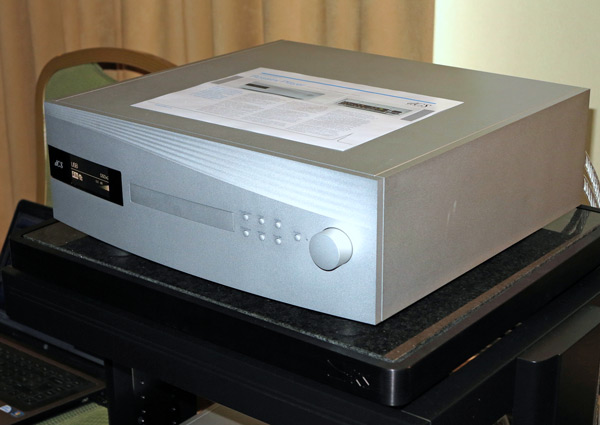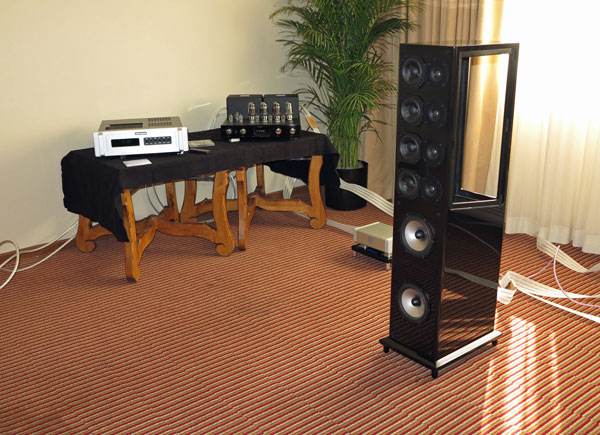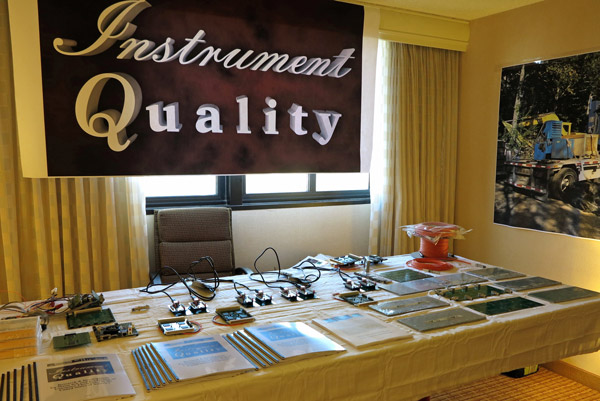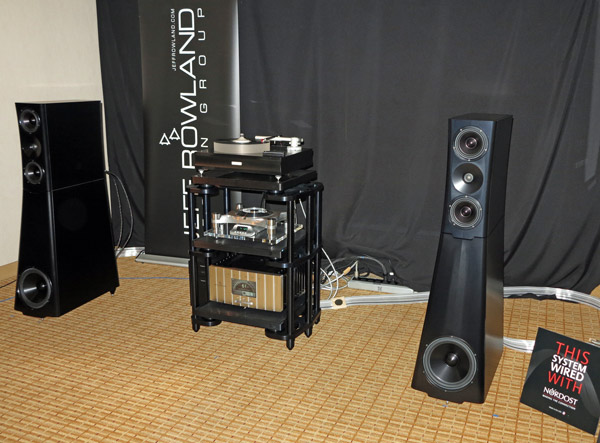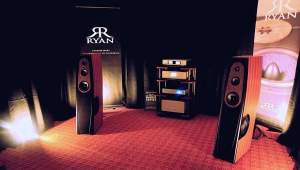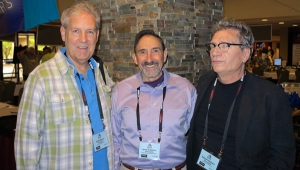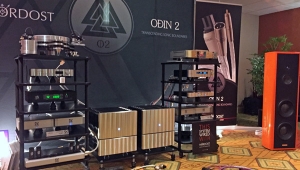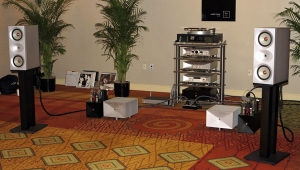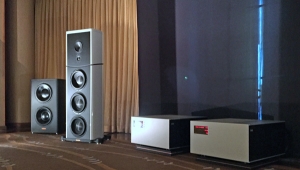| Columns Retired Columns & Blogs |
"two separate 100% guaranteed infinite continuous numerical analog output signals created with analog computers featuring no rails, infinite bit resolution and no compression."
Sounds like a load of gibberish to me. Their website auto directs to a 36 page Scribid document that you apparently have to join or sign up with Scribid to access.
This smells bad.
se

